
When you think of Barcelona, what do you think of?
Delicious tapas? Vibrant night life? Strolling down Las Ramblas?
If you are like many people, the name “Gaudi” may also come to mind.
Antoni Gaudi may be the most famous Catalan architect in the world – the man responsible for some of the most interesting buildings in Barcelona, including the massive cathedral that has been under construction for decades, La Sagrada Familia.
Gaudi is also known as a figurehead of Catalan modernism, a movement that peaked in the late 19th and early 20th centuries. I can’t profess to be much of an expert on modernism or any other artistic or architectural movement, which made my Gaudi in Context walk with Context Travel all the more interesting. Everything was brand new to me. Our guide, Biel, was an art historian and expert on Catalan culture. He was a vault of information and I tried in vain to jot down nearly everything he said – an effort that resulted in pages of notes that I could barely read when I returned to them the next day. Oops.
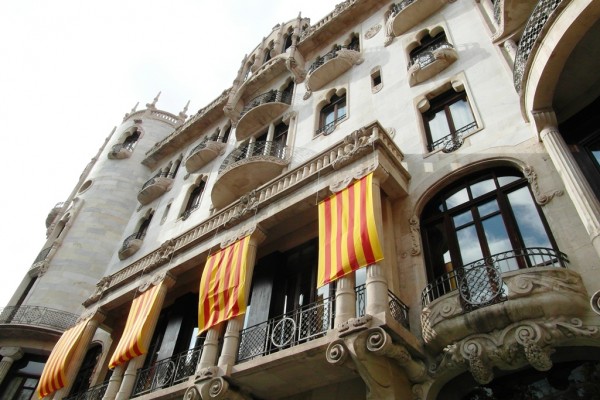
We didn’t start the tour with Gaudi.
Rather, we started by checking out a few buildings in the Gracia neighborhood that were created by some of Gaudi’s contemporaries, Puig I Cadafalch and Domenech i Montaner. The tour actually began in front of the Casa Fuster (pictured above) – once a residence of the Fuster family, now a luxury hotel – designed by Montaner. Biel was fluid in his explanations, pointing out fine details that certainly would have escaped my eye otherwise and filling my head (and notebook) with all sorts of facts. He noted that often the most colorful elements were hidden in the most private spaces of the buildings and shared the story behind the Casa Tallelets, built as 3 different buildings for a patron’s 3 daughters. And he enlightened us as to why the Catalan language is so similar to Italian.
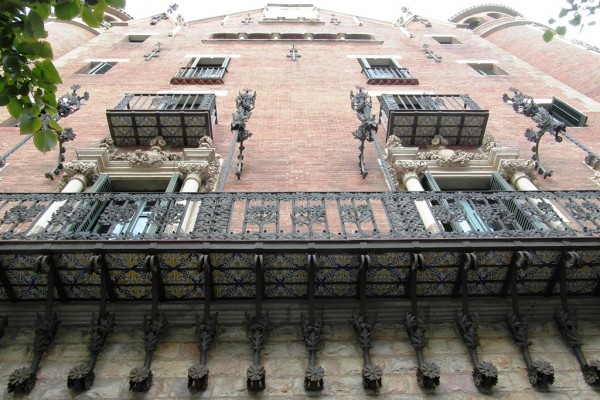
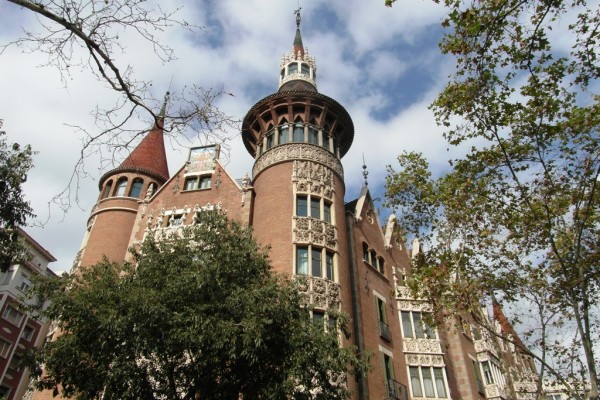

We eventually arrived at the main attraction – the Casa Mila.
I visited the Casa Mila, also known as La Pedrera, back in 2003, but this visit was an entirely different experience. Not only did we extensively explore the interior (which I don’t recall doing previously), we heard in-depth descriptions of almost every aspect of the building. Thanks to Biel, I noticed that the waves and balconies on the exterior of the building resemble seaweed and a starfish even appears on the third floor balcony. I learned that the oddly shaped towers on the roof were not inspired by a Dr. Seuss story (as I surmised back in 2003) but instead were simply chimney tops. And I started to appreciate the different natural elements that Gaudi drew into his designs: corn ears, goat skulls, pine cones, palm tree trunks, pumpkins, carobs, shells, beehives and even snake skeletons.
And then I stopped trying to take notes because I felt like I was spending too much time writing and not enough time appreciating.
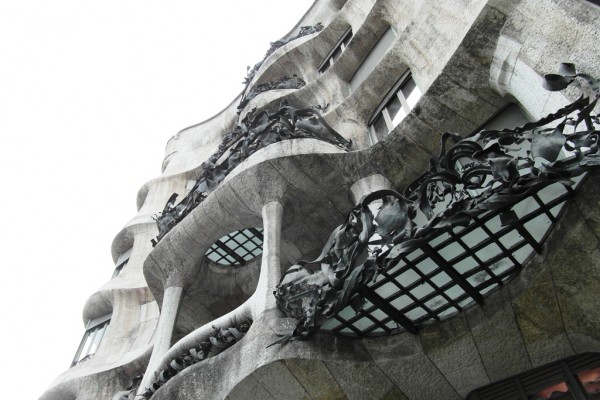
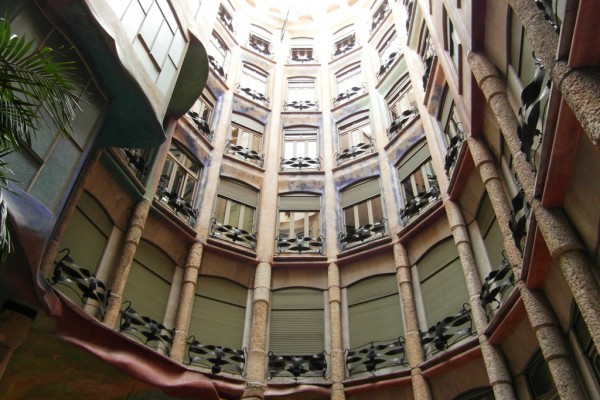
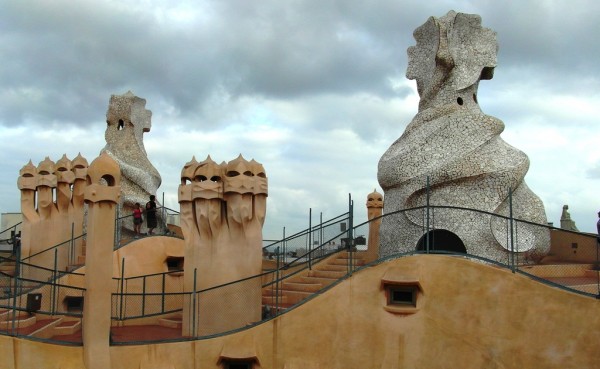
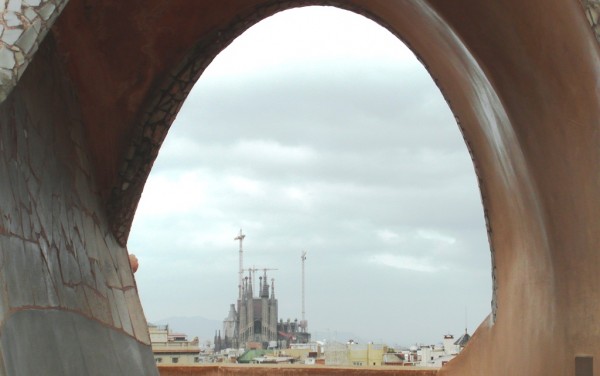
The three-hour tour only included one other stop at a Gaudi building – the Casa Battlo –but it gave me a better (but perhaps temporary) understanding of Catalan architecture and history. I also enjoyed a whole new perspective the following day when I visited a couple of Gaudi’s most famous creations on my own – the Parc Guell and la Sagrada Familia. I may never to be a true art connoisseur or expert on architecture, it was nice to kind of feel like one for a day.
Thank you to Context Travel for hosting me on this tour. All opinions expressed above are mine and mine alone. Check back November 28 to find out how you can win a free tour with Context in the city of your choice!
